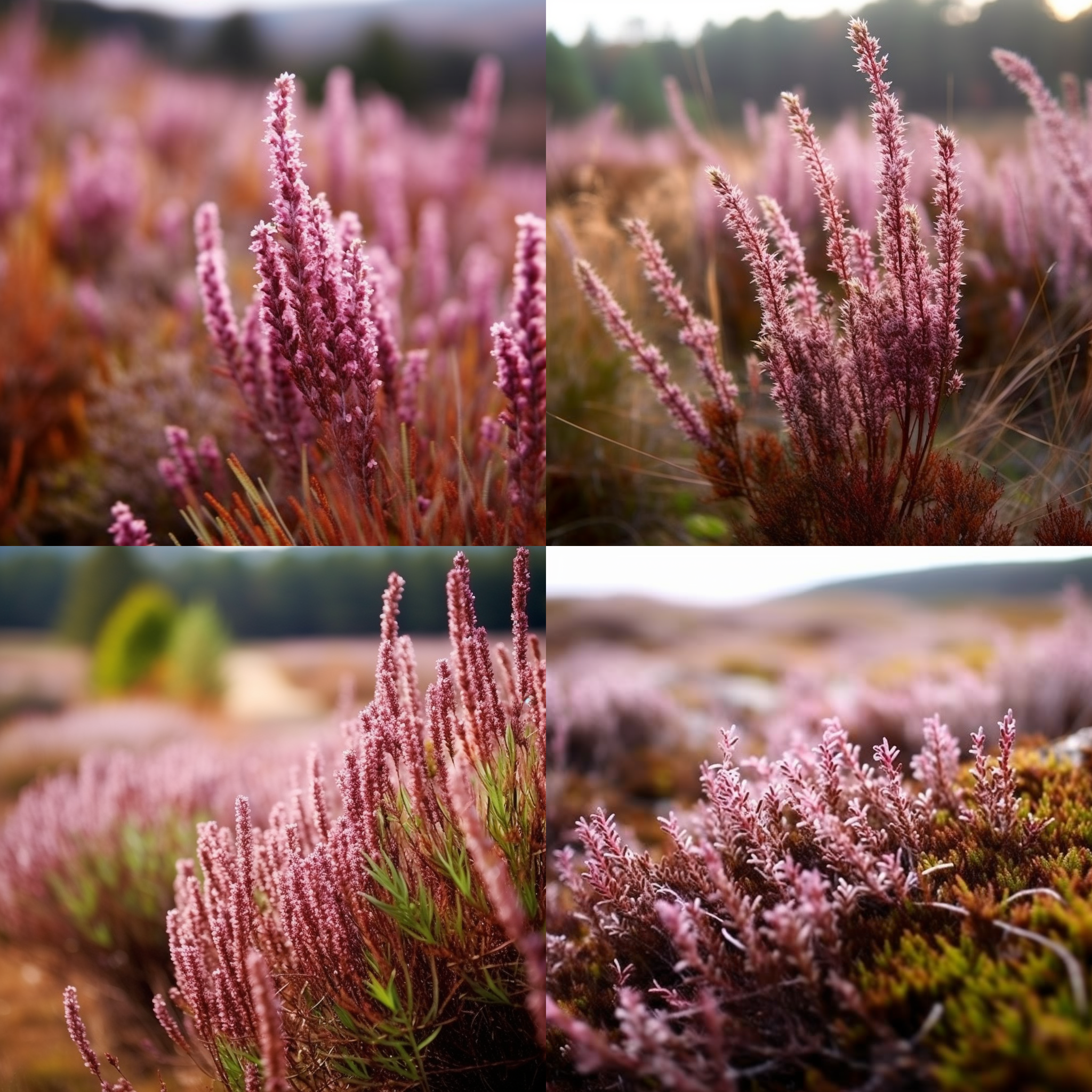Story of Day :
Contents
The Ultimate Guide to Heather Plants: Care Tips and More
Heather plants are a beautiful addition to any garden. They come in various colors, including pink, purple, white, and red. With proper care, heathers can thrive for many years. In this guide, we will discuss everything you need to know about heather plants.
What are Heather Plants?
Heather plants belong to the genus Calluna and the family Ericaceae. These evergreen shrubs are native to Europe and Asia but have become popular in gardens worldwide due to their striking appearance.
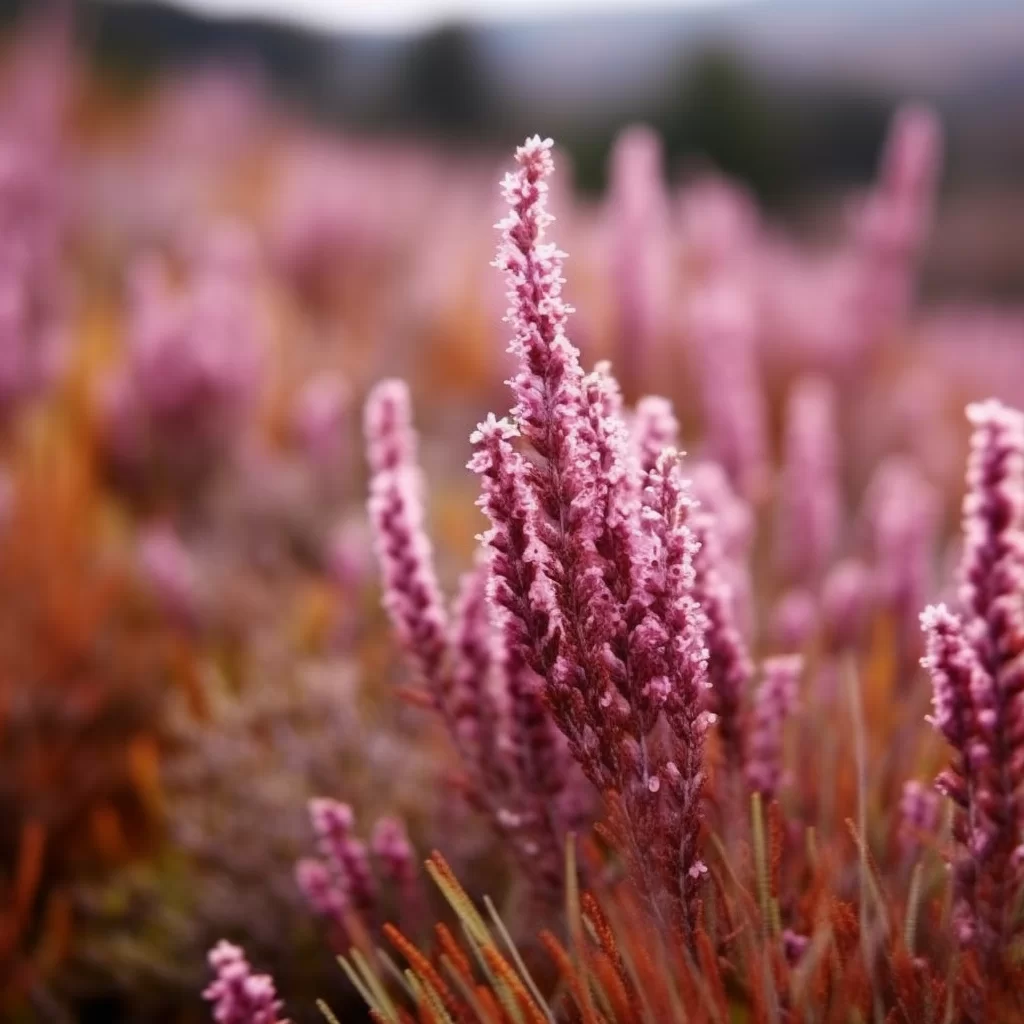
Types of Heather Plants
- Summer flowering heaths: These bloom from late summer until early fall.
- Winter flowering heaths: These bloom from late fall through early spring.
- Foliage only types: These varieties do not produce flowers but have colorful foliage that changes throughout the year.
Care Tips for Heather Plants
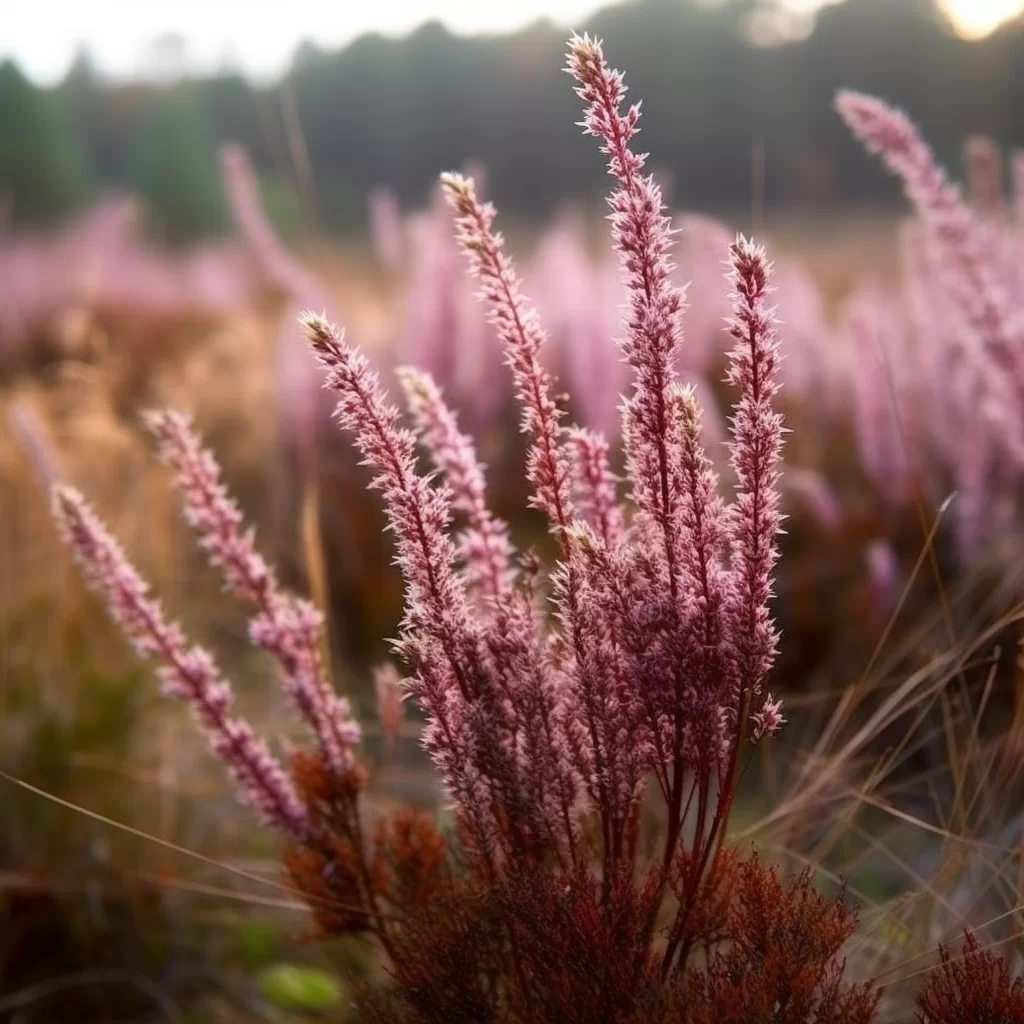
Sunlight Requirements
Adequate sunlight is essential for heathers. They require at least six hours of direct sunlight daily or dappled shade if grown in hotter regions. For best results, plant them where they receive morning sun and afternoon shade or vice versa.
Ideal Soil Conditions
Fertile soil is detrimental for heathers’ growth as it causes root rot; hence well-draining soil is essential for successful cultivation of this plant species. Moreover avoid planting your Heathers near alkaline soils since they require acidic soils with pH between 4-6 with low levels of calcium carbonate minerals that might cause browning on leaves which indicates reduced acidity levels required by this plant group.
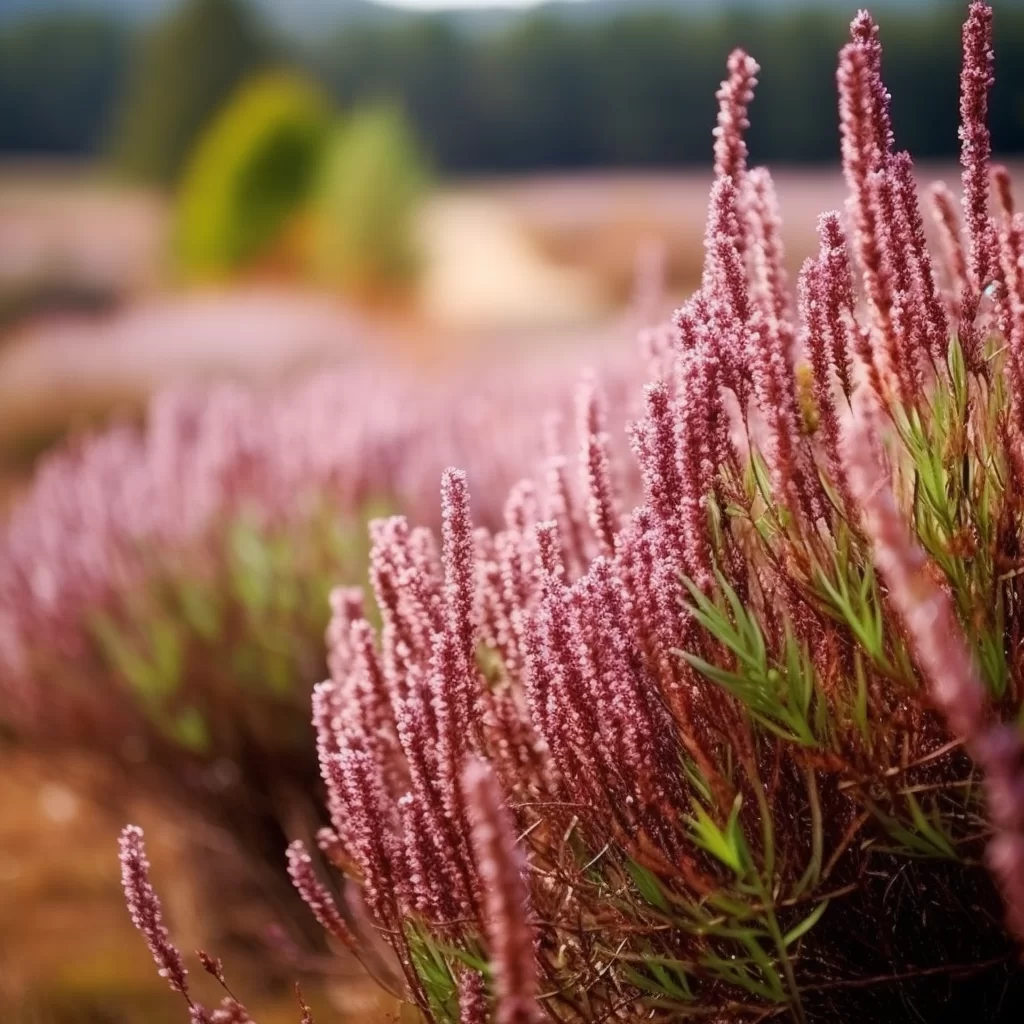
Watering Needs
Heather plants need consistent soil moisture to thrive, but they do not tolerate waterlogging. Only water when the top layer of soil feels dry to touch and provide enough water only until it drains out of drainage holes in your pots or garden beds.
Fertilization
Fertilizer is necessary for heathers’ growth, but excess fertilizer can cause more harm than good. Use a slow-release acidic fertilizer at the beginning of every growing season in early spring or late winter and avoid adding additional nitrogen-rich fertilizers as they might stunt plant growth due to high acidity levels that would burn roots.
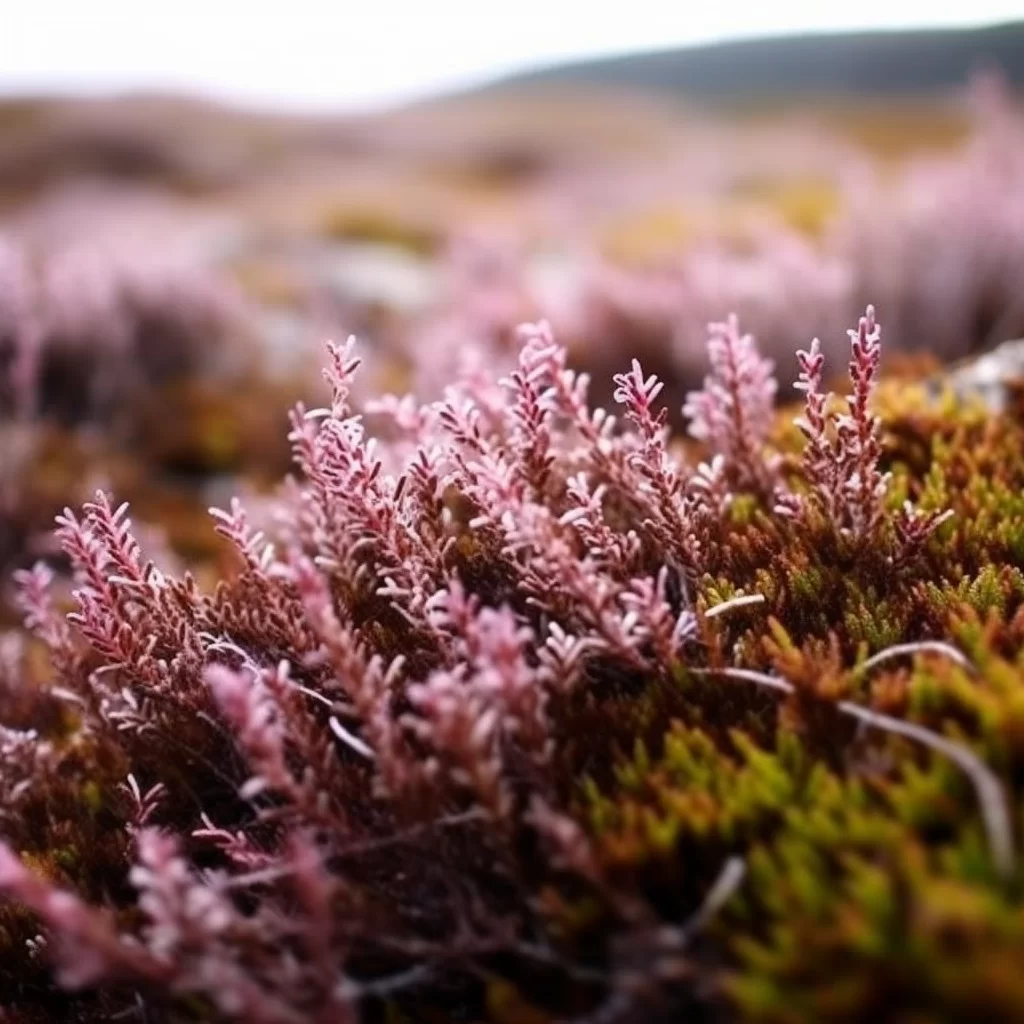
Common Problems with Heather Plants
- Pests: Common pests include spider mites, scale insects, and aphids. A regular spraying routine with insecticidal soap solution will keep these pests at bay.
- Diseases: Heather plants are susceptible to several diseases such as root rot, leaf spot disease, and powdery mildew. Providing good air circulation around plants by spacing them adequately apart from each other can help prevent these conditions from spreading through contact with infected leaves or soil organisms that induce rotting processes on roots over time if left unchecked.
- Weeds: Weeds compete for nutrients and space; hence it’s vital to weed regularly around your plants using hand tools instead of herbicides since some weeds may grow back quickly leading to stunted plant growth if left unchecked over time plus chemicals like glyphosate used in herbicides could cause browning on leaf tips leading decreased vigor among Heathers after exposure especially during rainy seasons where leaching occurs which increases exposure rates further once applied too soon after rain events have cleared off completely.
In Conclusion
Heather plants are a beautiful addition to any garden and require proper care to thrive. Adequate sunlight, well-draining soil, consistent watering, and fertilization are essential for successful cultivation of heathers. Additionally, providing good air circulation and weeding regularly can prevent pests, disorders caused by diseases or competition with other plant species unsuitable for growing alongside Heather plants.
With these tips provided here in this comprehensive guide on Heather Plant Care Tips and more you now have all the knowledge you need to grow healthy heathers in your yard with ease! So go ahead and add some color to your garden today!
